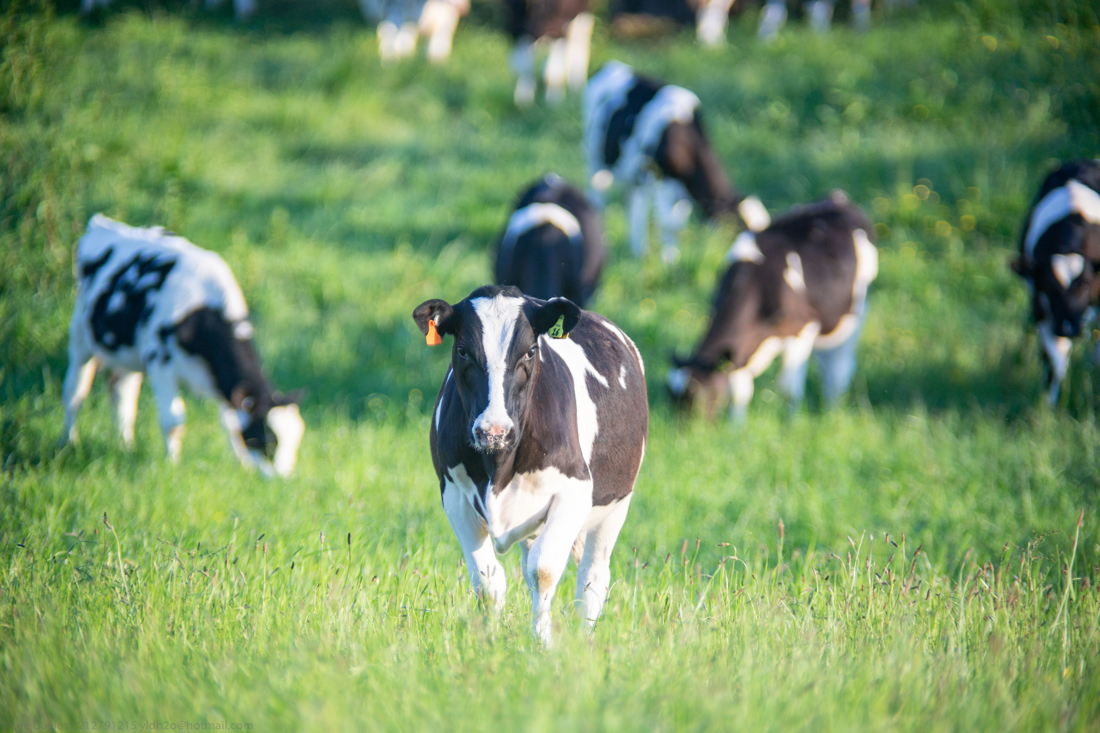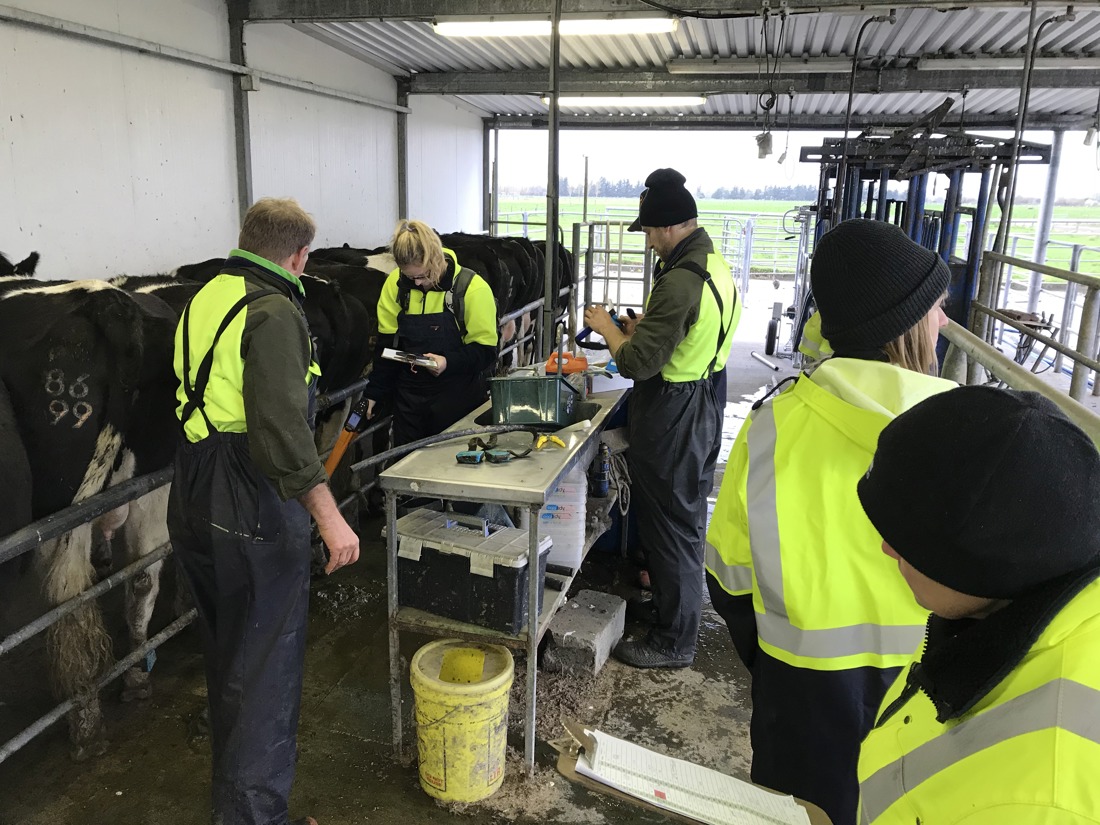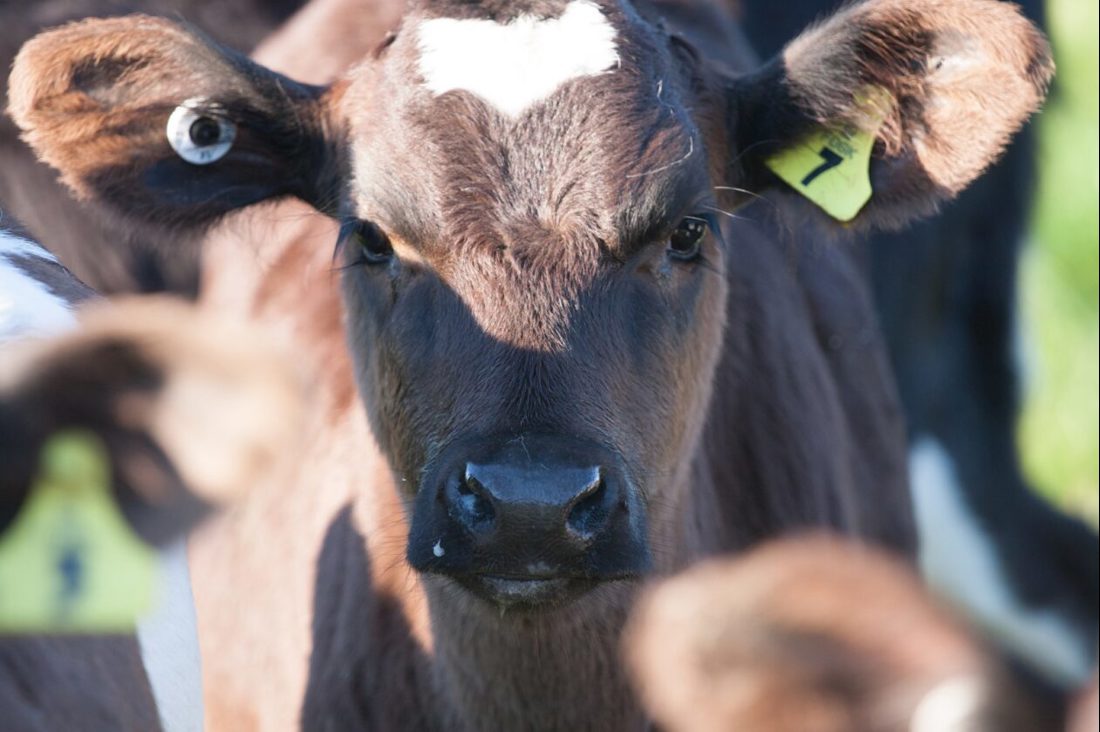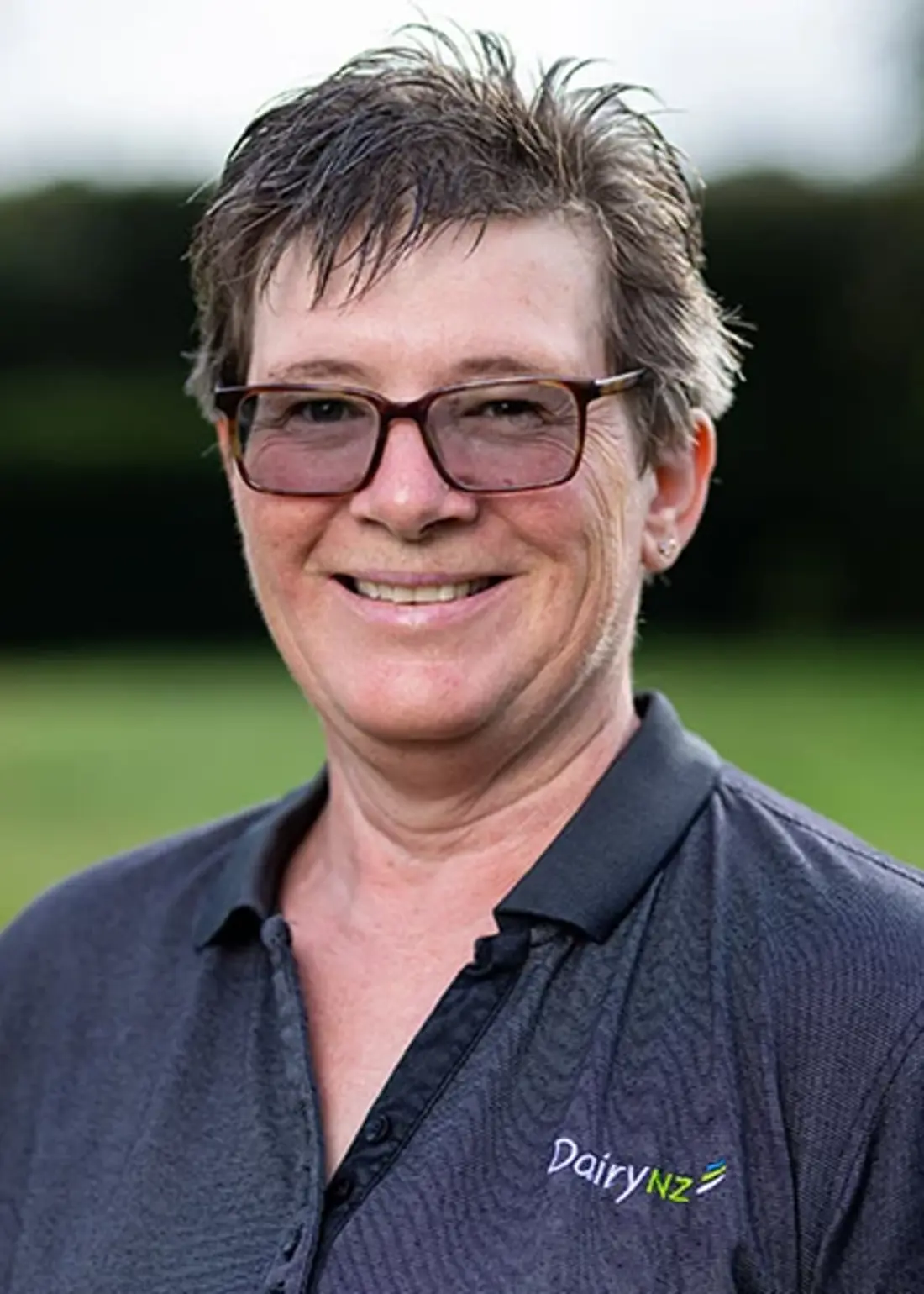Improving Cow Fertility
2 min read
As part of a programme to improve herd reproduction performance, we are studying two heifer traits that could provide early measures of cow fertility. This will improve on current methods which use mating and calving records during lactation.
Both ‘puberty’ and ‘heifer reproductive’ measures are potential early predictors of later cow fertility. This research is measuring these traits in heifers and their link to animal fertility when lactating. The research aims to ensure farmers have the right cows to be profitable and sustainable through current and future challenges.

Trial Phase 1:
Focused on Holstein-Friesian heifers, with over 5,000 heifers born in 2018 enrolled, from 54 herds.
Trial Phase 2:
Currently includes 5,000 2022-born Jersey heifers from 53 herds. The trial is currently in the data collection phase of research

We are planning to complete data collection from the Jersey group when they calve in mid-2024. We should have a better understanding of results in 2025.
Our aim is to improve how we identify sires with high fertility genetics (Fertility Breeding Value). They will pass the DNA for high fertility onto their daughters, leading to improvements in herd reproduction performance. Better herd reproduction performance will mean cows are easier to get in calf, achieving higher 6-week in-calf rates.

Farmer involvement is critical to the success of this research as investigating new phenotypes requires large numbers of animals. For this study farmers and their graziers are giving us access to their heifers twice over two months. We’re taking body measurements and a DNA tissue sample.

Susanne has a long history supporting New Zealand dairy farmers, researching, and delivering solutions that can be applied on-farm. She has a technical background in understanding dairy cows – focussing on how the animal is managed and performs, how genetics help achieve farmer goals, and how farm systems can be improved to achieve better animal and farm system outcomes.
Research teamNow’s the perfect time to check in, plan, and set up for a strong season. We’ve pulled together smart tips and tools to help you stay ahead all winter long.
Whether you prefer to read, listen, or download handy guides, we’ve got you covered with trusted tools to support your journey every step of the way.
Put our proven strategies and seasonal tools to work. Boost production, support animal health and watch your profits hum.
Tools that are backed by science, shaped by farmers and made for this season.
That’s Summer Smarts.